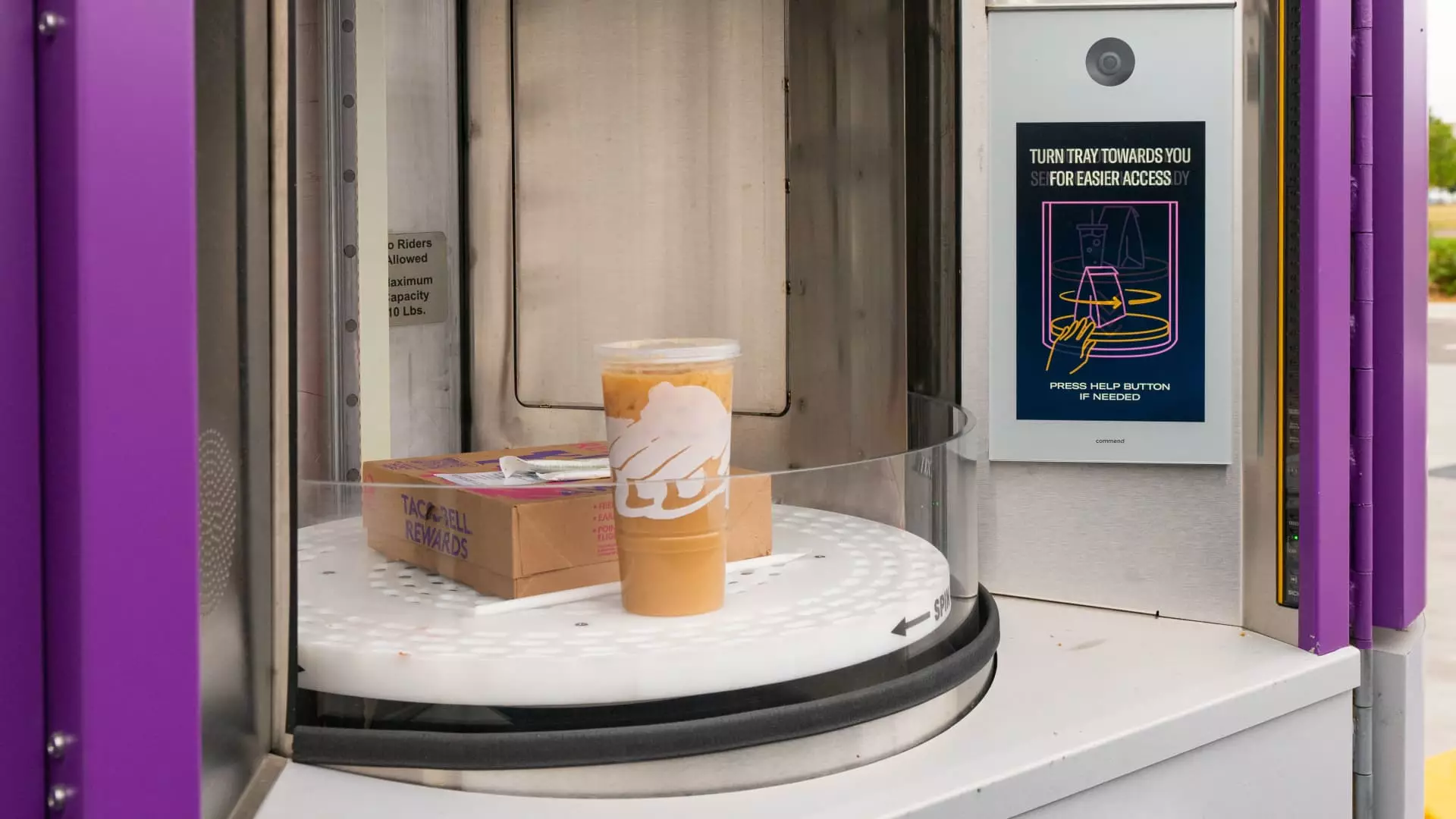The adoption of artificial intelligence (AI) is not limited to the tech sector; it is also making waves in the food industry. We can see this trend reflected in grocery stores and fast-food restaurants, where AI is being used in self-checkout kiosks and drive-thru ordering systems. These advancements are aimed at streamlining operations and reducing costs in response to consumer demands for competitive pricing.
Major players in the food industry, such as McDonald’s, Taco Bell, and Wendy’s, are investing heavily in AI to stay ahead of the curve. McDonald’s, for example, has announced plans to invest $2 billion in AI and robotics for its restaurants and drive-thru services. Similarly, grocery stores are following suit, with an estimated $13 billion spent on tech automations in 2022. This substantial investment highlights the industry’s commitment to embracing AI technologies for enhanced efficiency and improved customer experience.
The use of AI in food establishments is seen as a way to address rising labor costs and other operational challenges. By leveraging technology, businesses can automate routine tasks, optimize workflows, and ultimately reduce the prices of goods for consumers. This shift towards automation is not only driven by economic considerations but also by the desire to innovate and adapt to changing consumer preferences.
AI technologies offer a range of benefits beyond cost savings, including the ability to enhance customer experience. By leveraging AI-driven solutions such as smart carts and self-checkout aisles, businesses can provide a more convenient and personalized shopping experience for consumers. This blend of automation and human touch is reshaping the way food industry interacts with customers, paving the way for a more efficient and engaging retail environment.
Looking ahead, the food industry is poised to see continued growth in AI adoption, with FMI predicting a 400% increase in spending on AI innovations by 2025. As technologies continue to evolve and consumer expectations shift, businesses will need to stay agile and proactive in leveraging AI to drive operational efficiency and customer satisfaction. The intersection of AI and the food industry promises a future where technology plays a crucial role in shaping the way we eat, shop, and interact with food establishments.


Leave a Reply